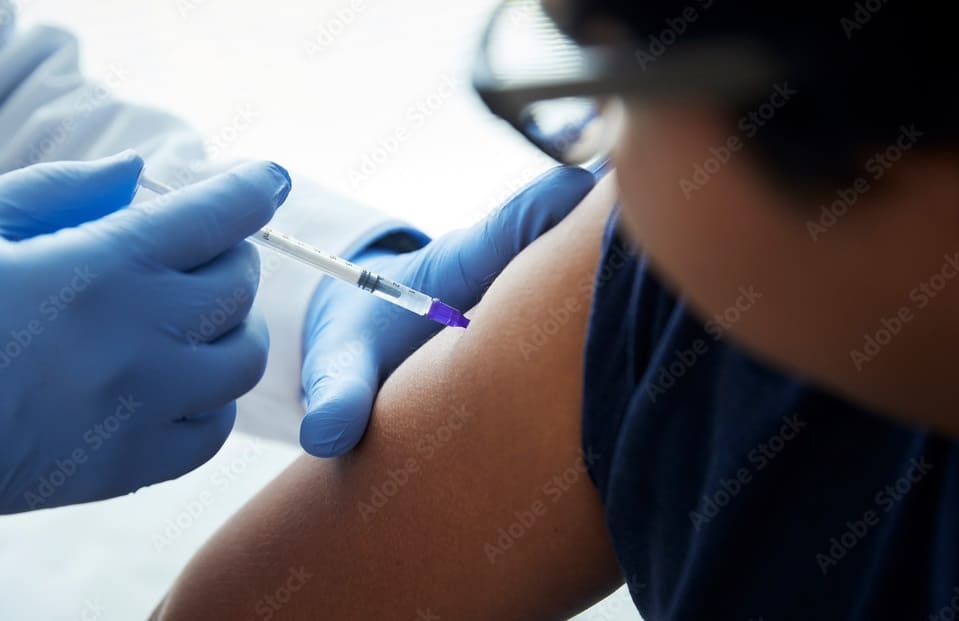If you’ve ever heard the horror stories about getting 14 painful injections in the stomach after a dog bite, you’re not alone. This common belief has been around for years, but is it really true? Let’s bust the myth and understand what actually happens if a dog bites you.
Rabies Injections (Shots) After a Dog Bite: How Many Do You Actually Need?
In the past, rabies treatment did involve a series of injections into the abdomen—often a painful experience. However, medical advancements have significantly changed how rabies is treated today.
Now, if you’re bitten by a dog and there’s a risk of rabies exposure, you will receive a series of four to five shots (Injections) over two weeks, typically injected into the arm or thigh. These are not the excruciating stomach injections people fear! The first shot, called rabies immune globulin (RIG), is given immediately to provide rapid protection, followed by four doses of the rabies vaccine on days 0, 3, 7, and 14.
When Do You Need Rabies Shots?
Not every dog bite requires rabies treatment. Here’s when you might need them:
- The dog is unvaccinated or has an unknown vaccination history.
- The bite is from a stray or wild animal. Rabies is more common in certain wild animals like bats, raccoons, foxes, and skunks.
- The dog was behaving aggressively and unusually. Excessive drooling, unprovoked attacks, and erratic behavior can be signs of rabies.
- You were unable to locate the dog for observation. In cases where the animal cannot be found, doctors often recommend starting the vaccine series as a precaution.
If the dog is healthy, vaccinated, and can be observed for 10 days, rabies shots are usually unnecessary. Instead, the focus will be on proper wound care and possibly a tetanus shot if it has been more than five years since your last one.
What to Do If You Get Bitten by a Dog
- Wash the wound immediately with soap and water for at least 10–15 minutes to reduce infection risk.
- Apply antiseptic and cover the wound with a clean bandage.
- Seek medical attention to assess the severity and determine if you need treatment, including rabies shots or antibiotics.
- Try to identify the dog and confirm its vaccination status. If it belongs to an owner, request proof of rabies vaccination.
- Monitor for signs of infection, such as redness, swelling, pus, or fever, and follow up with your doctor if any symptoms appear.
Other Possible Treatments for Dog Bites
Aside from rabies shots, doctors may recommend:
- Antibiotics if the wound shows signs of infection.
- Tetanus shots if the bite is deep and your last tetanus vaccine was more than five years ago.
- Stitches or wound closure for severe bites, though some deep puncture wounds may be left open to prevent infection.
Final Thoughts
The idea that dog bites require 14 painful injections in the stomach is outdated. Modern rabies treatment is much less painful and only involves a few shots in the arm or thigh. However, it’s always best to take any animal bite seriously and consult a doctor immediately.
Understanding the risks and proper medical response can help prevent unnecessary panic and ensure you get the right treatment. If you or someone you know has experienced a dog bite, share your experience in the comments below!
Also Read:
